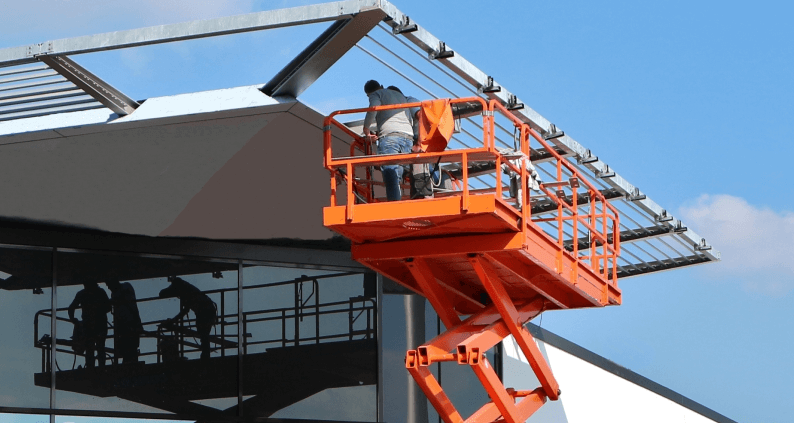If your job site involves ladders, scaffolding, or elevated platforms, chances are you’ve heard terms like “working at heights” and “fall protection” tossed around interchangeably. But here’s the thing, they’re not the same.
In safety-critical industries across Canada, like construction, telecommunications, and utilities, understanding the difference between working at heights and fall protection isn’t just technical, it can be the difference between life and death. The good news? Once you grasp these differences, you’ll be better prepared to keep your crew safe and compliant with provincial regulations.
In this guide, we’ll break it all down in plain terms. Whether you’re asking “is falling protection the same as working at heights” or just trying to figure out who needs which kind of training, this post is for you.
What is Working at Heights?
Working at heights refers to any work where a person is at risk of falling from one level to another. In Canada, most provinces define this risk as present at three meters (10 feet) or more. However, some workplaces treat any elevation as potentially hazardous.
Common Scenarios Include:
-
Installing rooftop HVAC systems
-
Performing maintenance on scaffolds
-
Cleaning high-rise windows
-
Working on elevated lifts or cherry pickers
If there’s a risk of falling, whether it’s from a ladder or a platform, it qualifies as working at heights under Canadian occupational health and safety regulations.
Learn more about Auspice Safety’s Online Safety Courses
Who Needs Working at Heights Training?
In Ontario, for example, working at heights training is mandatory for workers on construction projects who use fall protection systems. The training must be approved by the Ministry of Labour, Immigration, Training and Skills Development (MLITSD).
Professions that typically require this training include:
-
Construction workers
-
Electricians
-
Roofers
-
Telecom technicians
-
Supervisors overseeing high-risk work
Training is valid for three years and must be refreshed after expiry.

What is Fall Protection?
Fall protection encompasses the tools, equipment, and procedures used to prevent or mitigate the risk of falling from height. In Canada, fall protection is required when a worker is exposed to a fall of three meters or more, or where there’s a risk of injury due to a fall from a lesser height (e.g., near open edges or machinery).
Examples of Fall Protection Systems:
-
Personal fall arrest systems (PFAS)
-
Guardrails
-
Safety nets
-
Fall restraint systems
-
Travel restraint lines
While working at heights describes the scenario, fall protection is about the solution.
Who Needs Fall Protection Training?
Anyone exposed to fall hazards and using fall protection equipment must be trained. This includes:
-
Workers using lanyards, lifelines, and harnesses
-
Site safety coordinators and managers
-
Employees in general industry or construction where fall hazards exist
Common Misconceptions
A frequent question is: “Is fall protection the same as working at heights?” The short answer? No.
Here’s an easy way to think about it:
Working at heights is the risk.
Fall protection is the response to that risk.
Who Needs Each Type of Training?
Let’s clarify who needs what:
Working at Heights Training is Required For:
-
Workers on construction projects where fall protection is used (Ontario)
-
Anyone exposed to elevated work areas beyond 3 meters
-
Supervisors of at-height activities
Fall Protection Training is Required For:
-
All workers using PPE for fall prevention or arrest
-
Contractors and temporary workers on elevated job sites
-
Equipment installers and operators of aerial devices
Consequences of Non-Compliance:
-
Stop-work orders from provincial inspectors
-
Fines of up to $100,000 or more
-
Loss of contract eligibility or COR (Certificate of Recognition)
-
Increased workplace injury insurance premiums
Ensuring proper training is not optional, it’s a legal and ethical responsibility.
Get Certified in Working at Heights & Fall Protection
Whether you’re reviewing your safety protocols or onboarding new team members, now is the time to take a proactive approach to fall prevention. Understanding the difference between working at heights and fall protection is more than a regulatory requirement, it’s essential to preventing serious injuries and ensuring compliance with Canadian occupational health and safety standards.
Don’t wait until an incident occurs. Book your Working at Heights & Fall Protection training today and keep your crew safe, confident, and compliant.
